If you cycle with flat pedals and shoes, you can press down on the pedals for less than half of each rotation. When a pedal is at six-o-clock, your foot is just a passenger until your other foot rotates the pedal back up to twelve-o-clock.
 Toe clips attach to the front of your pedal and surround the front part of your foot. They give you some scope to pull a pedal up as well as push it down. They also allow you to put more oomph into the pedal as it moves forwards. When you stop, you have to take your foot out of the toe clip by pulling back.
Toe clips attach to the front of your pedal and surround the front part of your foot. They give you some scope to pull a pedal up as well as push it down. They also allow you to put more oomph into the pedal as it moves forwards. When you stop, you have to take your foot out of the toe clip by pulling back.
Toe clips come with straps that allow you to tighten the clip around your foot while you cycle, and quick releases to allow you to extricate your foot when you stop. That's more efficient, but it's practical only for race tracks.
Clipless pedals - or 'cleats' - require both special pedals and shoes. A cleat on the bottom of the shoe engages with the pedal so the two are stuck together. As well as pushing down on the pedal, cleats allow you to pull up, push forward and pull back. You get to use more of your leg muscles and share the work between them. Cleats also ensure your foot is always in the optimum position on the pedal.
You get out of a cleat by twisting your heel sideways, away from the bike. That's not a natural movement and - until you're used to them - stopping can be a problem. It's normal for people to go over sideways - rather comically - a few times at first. Fortunately you are moving very slowly when it happens. It quickly becomes second nature and many argue that clipless pedals are easier and safer than toe clips.
There are two main types of clipless pedal:

-
- SPD or 'two hole' cleats were originally designed for downhill racers they:
- Are easy to get in and out of
- Do not protrude beyond the bottom of the shoe so you can walk normally when you get off the bike
- Allow more freedom of movement (known as 'float') so you can get your foot at the right angle on the pedal
 Racing or 'three hole' cleats come in colour variants with progressively less float: grey/yellow, red and black. They are more efficient at converting muscle power to forward motion.
Racing or 'three hole' cleats come in colour variants with progressively less float: grey/yellow, red and black. They are more efficient at converting muscle power to forward motion.
Most of our riders that use cleats use the SPD style as they're more practical for our type of riding.
Note that it's important to fit cleats correctly. Knee joints work in just one plane. They cannot twist like your wrists. If you fit cleats at the wrong angle you can damage your knees. A high degree of float is important when you're starting out with cleats. Use an SPD cleat or a grey/yellow race cleat.
You can use an allen key to reduce the pressure needed to unclip a cleat. When starting out, set this to its lowest tension to make it as easy as possible to get out when you need to.
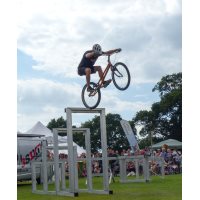
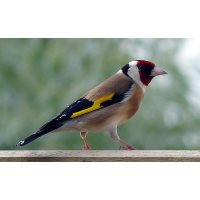

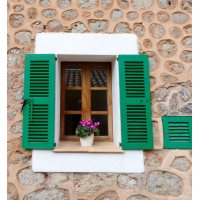
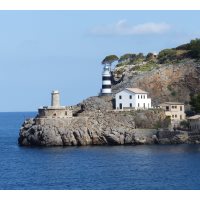
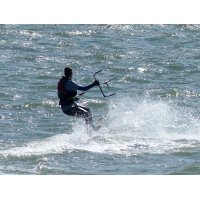
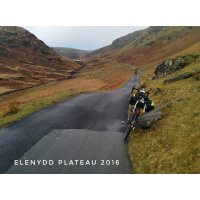


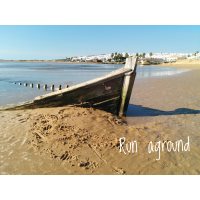
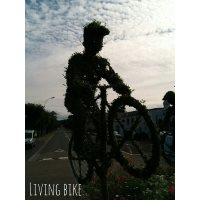

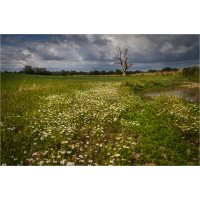
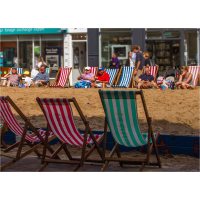
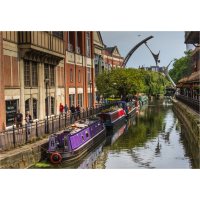
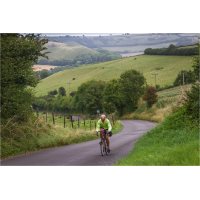



















 We are very lucky to have the South Downs National Park on our doorstep. It's a great place to cycle with fantastic views and the scenery seems to change mile-by-mile and week-by-week.
We are very lucky to have the South Downs National Park on our doorstep. It's a great place to cycle with fantastic views and the scenery seems to change mile-by-mile and week-by-week. Of course, you need a certain level of strength and fitness to do hills. But you don't need to be super-human. Anyone with average strength and fitness can manage most of the hills we do.
Of course, you need a certain level of strength and fitness to do hills. But you don't need to be super-human. Anyone with average strength and fitness can manage most of the hills we do. You might have experienced the foreshortening effect already. As you approach a hill it looks impossibly steep. When you get there, it seems to magically level out into an easy climb. Where did it go?
You might have experienced the foreshortening effect already. As you approach a hill it looks impossibly steep. When you get there, it seems to magically level out into an easy climb. Where did it go? Some people can manage to get up hills on a single gear, but that's not normal!
Some people can manage to get up hills on a single gear, but that's not normal! This technique involves straightening your legs so you're standing on the pedals and then transferring your weight on to the highest pedal forcing it down then switching your weight to the other pedal; then repeat.
This technique involves straightening your legs so you're standing on the pedals and then transferring your weight on to the highest pedal forcing it down then switching your weight to the other pedal; then repeat. For your muscles to work they need fuel, and oxygen to burn it. Your body needs water to function.
For your muscles to work they need fuel, and oxygen to burn it. Your body needs water to function. Toe clips attach to the front of your pedal and surround the front part of your foot. They give you some scope to pull a pedal up as well as push it down. They also allow you to put more oomph into the pedal as it moves forwards. When you stop, you have to take your foot out of the toe clip by pulling back.
Toe clips attach to the front of your pedal and surround the front part of your foot. They give you some scope to pull a pedal up as well as push it down. They also allow you to put more oomph into the pedal as it moves forwards. When you stop, you have to take your foot out of the toe clip by pulling back.
 Racing or 'three hole' cleats come in colour variants with progressively less float: grey/yellow, red and black. They are more efficient at converting muscle power to forward motion.
Racing or 'three hole' cleats come in colour variants with progressively less float: grey/yellow, red and black. They are more efficient at converting muscle power to forward motion.